Measuring and improving user engagement can feel like an uphill battle for publishers, but it’s worth fighting.
Successfully increasing user engagement on your website’s content can lead to higher revenue because engaged users are more likely to become brand loyalists, creating trust with your brand, and the advertisers your website promotes.
A captivated website visitor will engage with sponsored content on your site and buy products recommended by your brand more often. They will also champion your site to friends and family, who will arrive on your pages as warm leads.
If you continue to deliver great content and a seamless user experience that interests readers, you will create a circular that grows your brand exponentially.
In this article, I’ll cover everything you need to know about user engagement, including why it’s important to engage users and how to measure it effectively. I’ll also introduce you to tactical strategies and show you examples of how other brands have used them to improve their user engagement.
Before we dive in, you can watch this short video from the Maropost team to get a sense of what user engagement is all about.
What is User Engagement?
User engagement is the over-arching term for any interaction users have with your brand, website, product, or app.
Engagement can come in the form of a log-in, sign-up for a premium subscription, product purchase, or any specific action you define.
Since user engagement is so broad and every business is unique, you should decide what user actions are most meaningful to your brand and consider those as the guidelines for benchmarking and evaluating engagement.
This infographic shows the three broad categories for users.
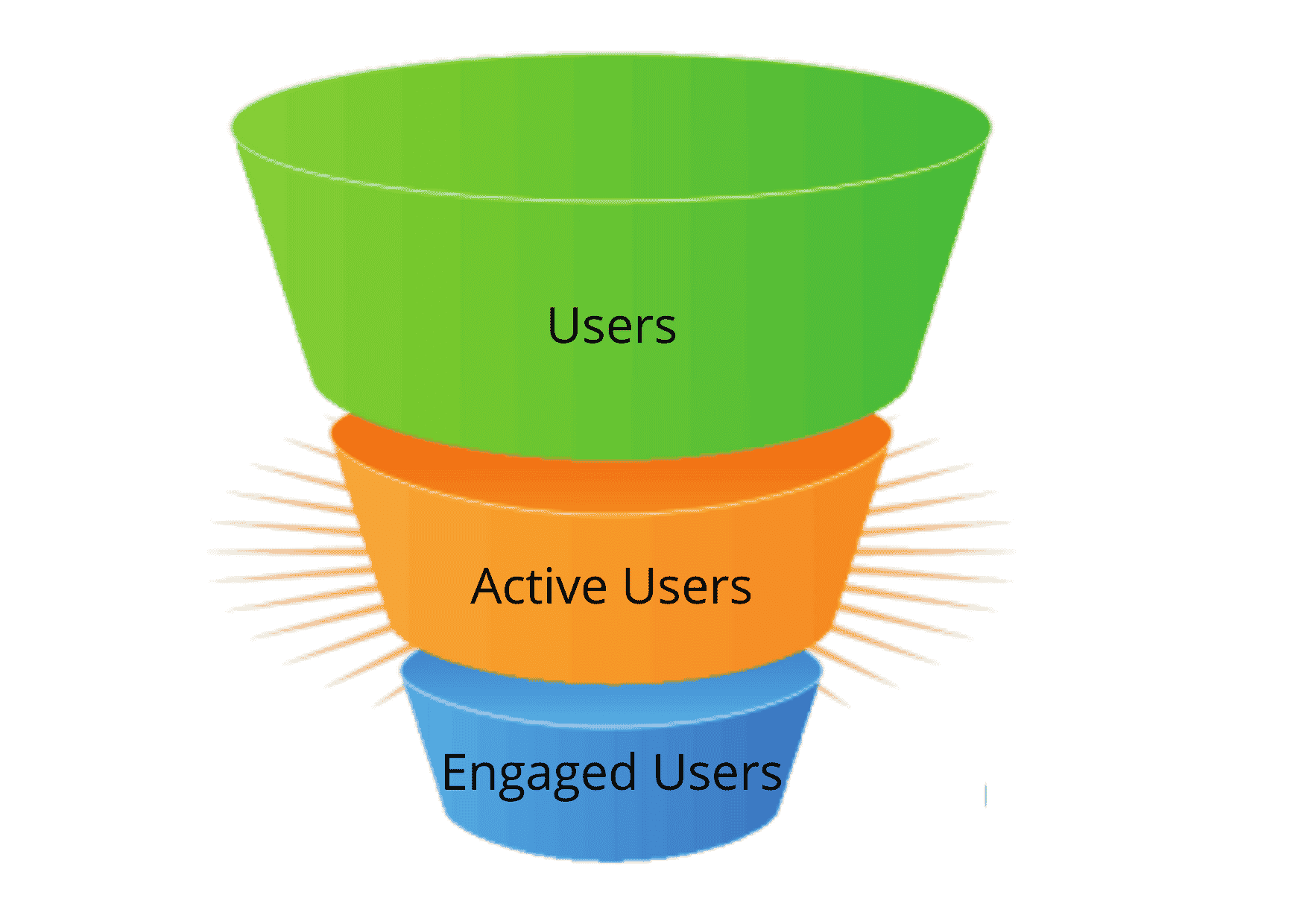
So, what’s the difference between these segments?
- All Users: This is the largest segment you have and encompasses any user who has visited your site or downloaded your app.
- Active Users: This group is smaller because it represents those users who have taken a meaningful action (however you define it) on your site. If a user has browsed a few pages, signed up for your newsletter, or logged into your app a few times, they might fall into this category. You have a good chance of moving them into the next stage of the funnel if you can meet their needs.
- Engaged Users: Engaged users have taken more significant or more valuable actions. That could be making a purchase, visiting your site weekly or daily, or any other threshold you use as a benchmark.
Dividing users into these segments helps you understand how much value you’re providing. Filling the top of your funnel with targeted traffic is important, but won’t directly generate long-term profits. It’s best to focus on user engagement strategies that convert users into active users, and then into engaged users.
Why is User Engagement Important?
User engagement is crucial because it tells you how valuable your products, services, or other offering are to a user and directly correlates to conversion rates and revenues.
Users who value your products will be repeat customers, recommend your products, boost your referrals, and upgrade to higher subscription levels.
Investing in your active and engaged users, and finding ways to move users into these categories, is a financially sound strategy. Research conducted by Bain & Company and a Harvard Business School professor determined that increasing customer retention by just five percent increases profits by 25-95%.
Data from Invesp bolsters the idea that focusing on the lower funnel segments is highly profitable. The company reports that selling to existing customers has a 60-70% success rate, while the success rate for new customers hovers between 5-20%. The company also found that existing customers (or engaged users) are more likely to try new products, further increasing revenues.
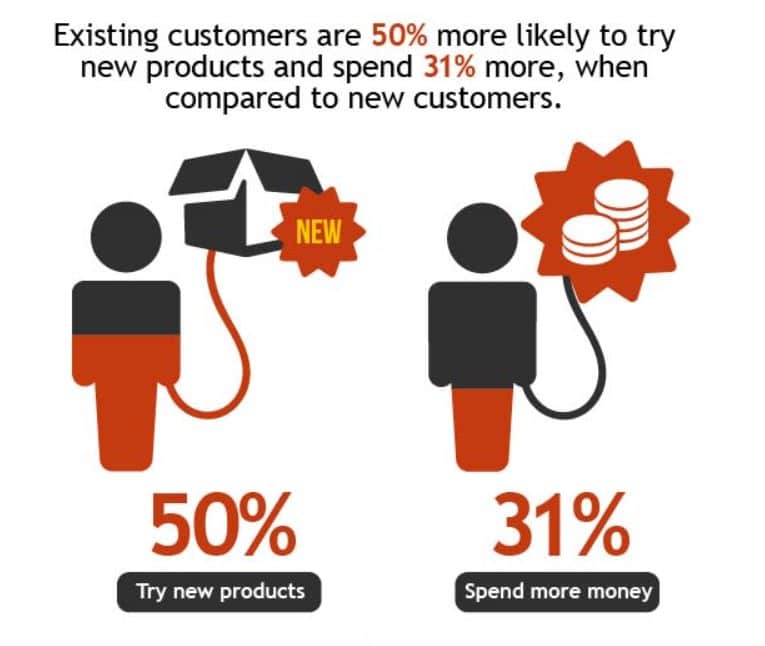
How to Measure User Engagement
Knowing how to measure user engagement is essential to growing your publishing business. By tracking and analyzing metrics that indicate user engagement levels, you will understand how valuable your content, product offerings, and services are to users.
Every business is unique, so there is no definitive set of metrics to follow, but a few vital ones will show you where you are succeeding while revealing areas for improvement.
#1 Way to Measure User Engagement: Pageviews
Measuring pageviews is one of the most standard ways publishers evaluate user engagement. Pageviews indicate how many times a page is loaded or reloaded. Keep in mind that if a user leaves and comes back to the same page during a session or refreshes the page, it counts as an additional view, which can be misleading.
As a general rule of thumb, higher views indicate users are interested in the page’s content and that the page scores high in SEO.
To see pageview data, Open Google Analytics and look under the Audience > Overview tab. You don’t need to do any calculations as all the information readily accessible.
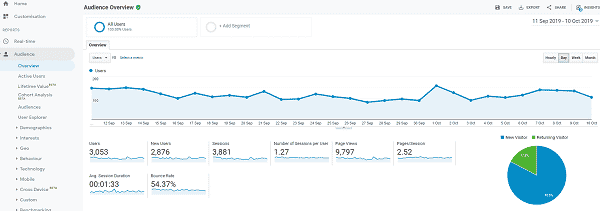
(Source)
Using a tool like SimilarWeb can help you see how your site’s pageviews and other engagement metrics compare with your competitors.
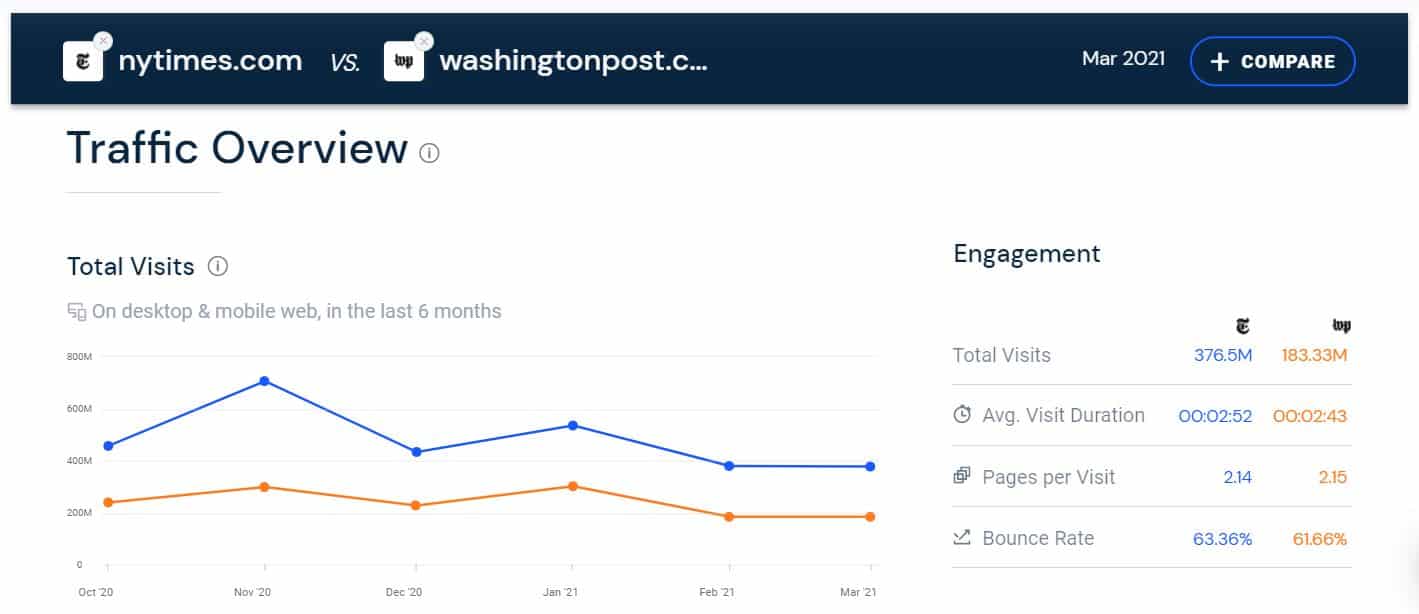
#2 Way to Measure User Engagement: Time on Page
Today, users are bombarded by content, so if you can capture their attention, you’re on the right path to engaged users. The time on page and average session duration metrics are an excellent indication of how engaged users are when on your site.
It takes about 2 minutes for a person to read 500 words. If you have a blog post with 1,000 words and see users spending 3-5 minutes on that page, you’ve got engaging content and engaged users.
Both metrics are in Google Analytics, but take the stats with a grain of salt. Google uses a timestamp to track the seconds a user is on a page. The clock starts when the first page loads and runs until the user moves to the next page for time on page or until the user leaves the site for session duration.
The caveat is that if a user reads one page for 10 minutes and then leaves your site, there is no exit page for Google to identify, so the session duration is zero.
Find this metric by navigating to Audience > Overview and then selecting either metric from the dropdown menu.
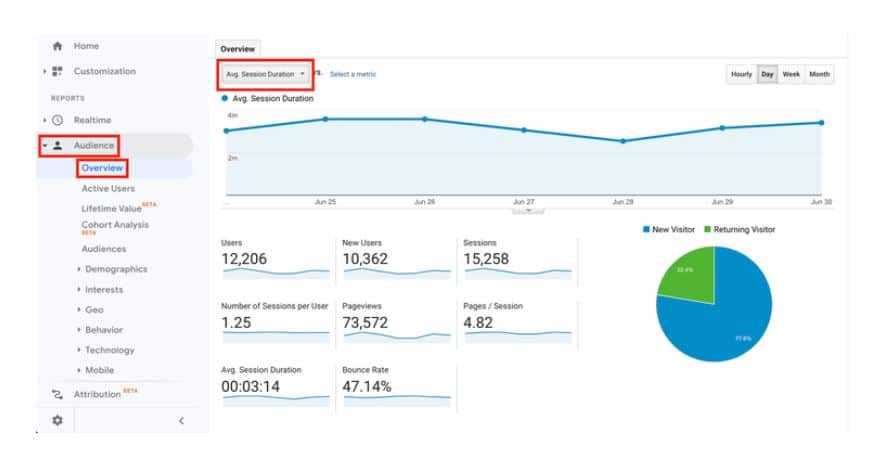
(Source)
#3 Way to Measure User Engagement: Bounce Rate
Bounce rate is closely tied to average session duration – as one increases, the other tends to decrease. A user ‘bounces’ when they land on one page and then leave your site without clicking on any internal links, pages, or taking other meaningful actions.
What this metric is telling you is how unengaged a user is. It could be because the user didn’t find what they were expecting, they had a bad user experience, or another reason.
A site’s bounce rate is calculated by dividing the number of single-page sessions by the total session. There’s no need for a calculator as this metric is available in Google Analytics.
Get a page-by-page breakdown of bounce rates by going to Reports and selecting Behavior > Site Content > All Pages.
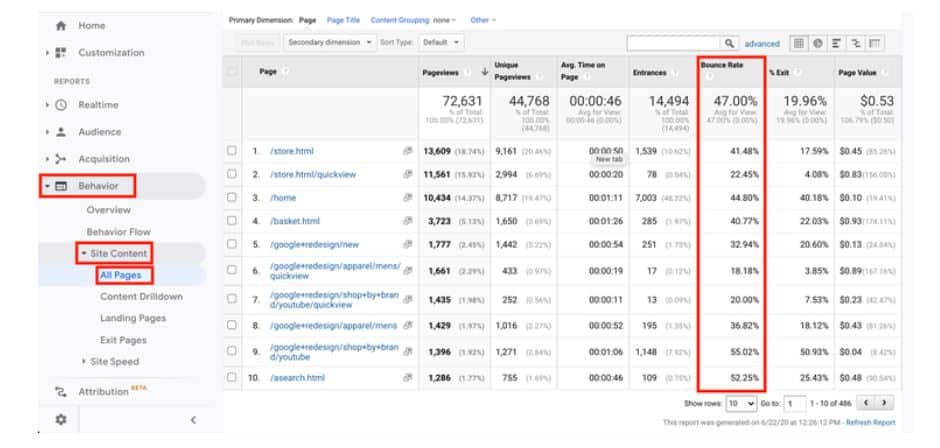
(Source)
#4 Way to Measure User Engagement: Conversion Rate
Measuring user conversion rates is paramount. A conversion can be any action, such as signing up for an email list, purchasing a product or subscription, leaving a review, or downloading your app. When a user takes any of these actions, they are engaged with your brand, and your efforts are paying off.
Each publisher should determine what counts as a conversion. The simplest way to measure conversions is to set each conversion point as a goal in Google Analytics. You can calculate conversion rates by taking the number of goal conversions divided by the total sessions and then multiplying by 100.
Assuming that your goals are set up in Google Analytics, navigate to Conversion > Goals > Overview and then select a goal from the dropdown menu.
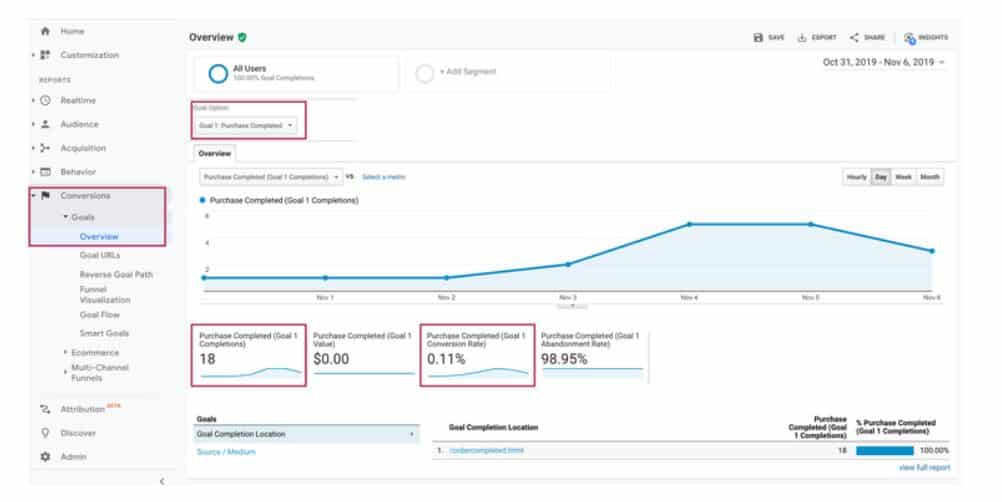
(Source)
Ways to Improve User Engagement
You can improve user engagement by taking all the data you collect and using it to inform your engagement strategy. You might find that customers are most interested in a particular type of content or want to use live chat features before making purchases. Maybe offering free shipping lowers your abandoned shopping cart rate. Survey your most engaged users to find their tipping point (price, variety, content) and test that with active users.
Increasing user engagement isn’t a cut-and-dry situation. Still, some tried-and-tested strategies deliver every time, for every publisher
#1 Way to Improve User Engagement: Personalized On-site Experiences
Taboola’s solution for user engagement for publishers utilizes a predictive engine to personalize on-site experiences. This keeps users on-site for longer sessions and encourages them to return to your site more often. You can use Taboola to recirculate your organic content and funnel users towards high-value pages.
Taboola’s ‘Read More’ buttons are an ideal way to engage mobile users. Publishers see an average of a 20% uplift in CTR for both sponsored and organic content recommendations that sit below the button.
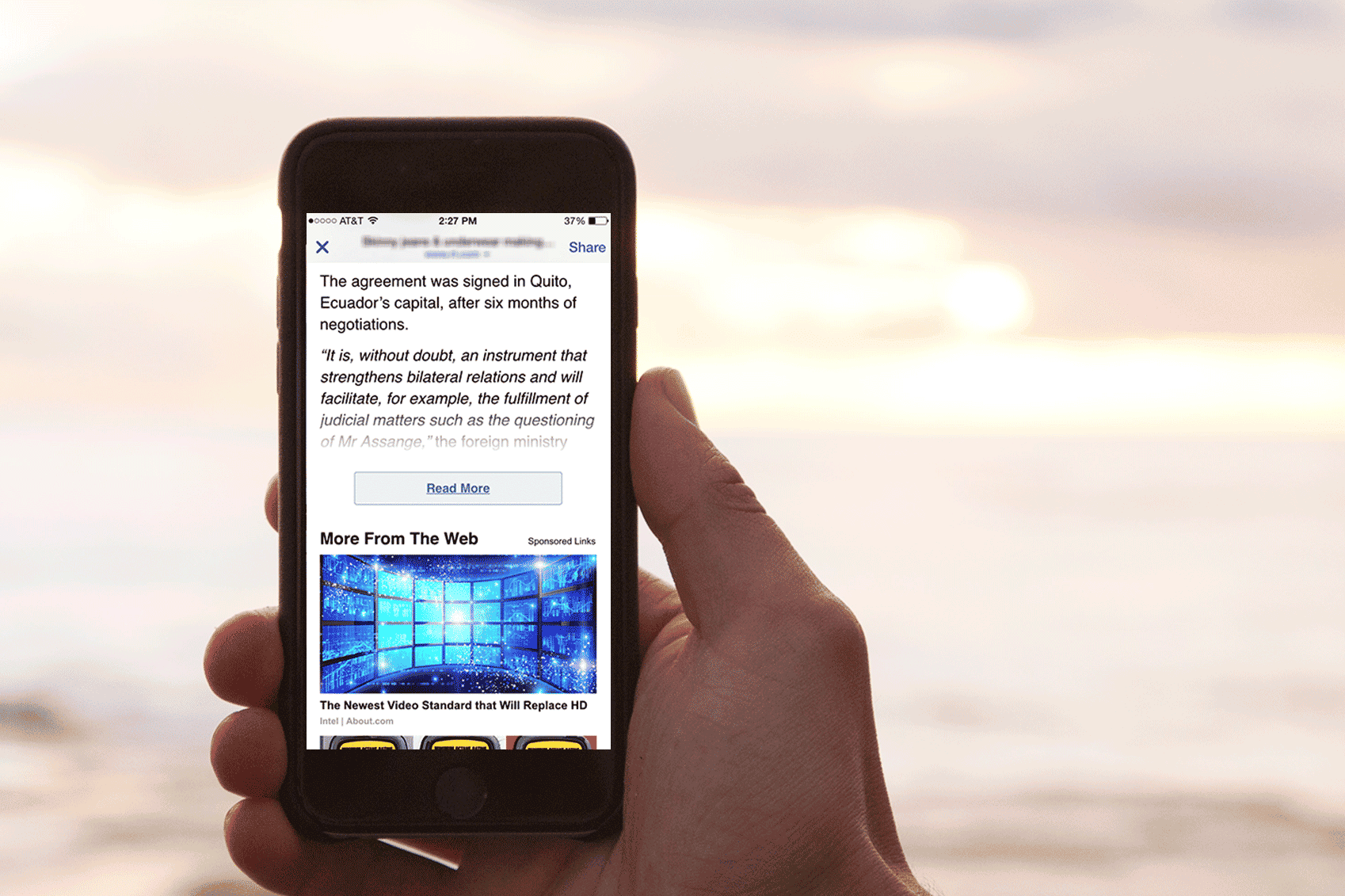
#2 Way to Improve User Engagement: Engaging Content
Users are hungry for great content, so feed that appetite to increase user engagement. Whether you develop blogs, podcasts or videos, consistently provide helpful, valuable, and engaging stories.
Interactive content and infographics are incredibly effective at engaging users. Hubspot found including infographics in content boosted inbound links by an average of 178% and earned 72% more views than other content. According to Visme research, visuals, color design, and images drove an 80% increase in readership.
Take inspiration from Goldman Sachs – here’s a snippet of a fantastic interactive infographic (it’s worth looking at the whole graphic!) that keeps readers on the page longer.
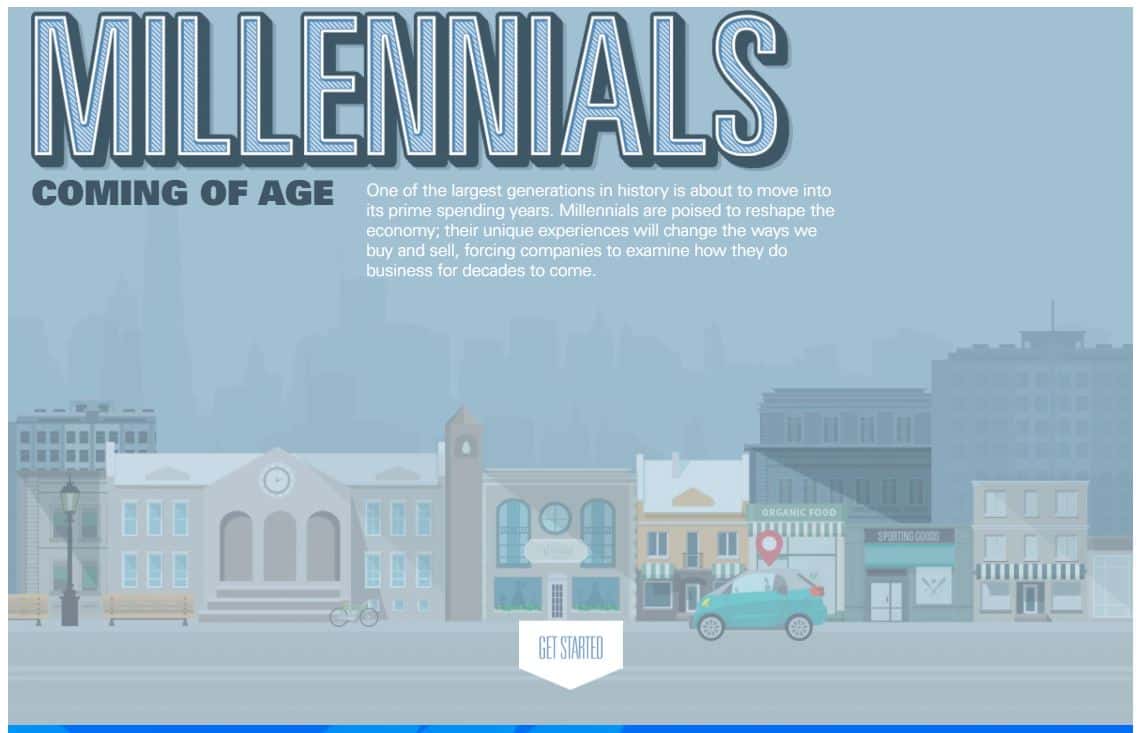
#3 Way to Improve User Engagement: Seamless User Experience
Giving users a smooth, engaging website experience will increase user conversions, leading to higher revenues. The process you should follow is known as Conversion Rate Optimization (CRO). Start by looking at your analytics to identify what might drive or stop people from completing a specific action. Then start A/B testing your hypothesis, changing one element at a time, and evaluating the results.
Test every element of your site. You might find that updating a layout, changing the color of a button, or moving the CTA to a different place generates higher conversion rates.
Test your offers as well. In the example below, Hubspot A/B tested its free trial offer. The control group got a seven-day free trial, while the test group was offered 30 days for free. The extended trial increased conversions by 110%!
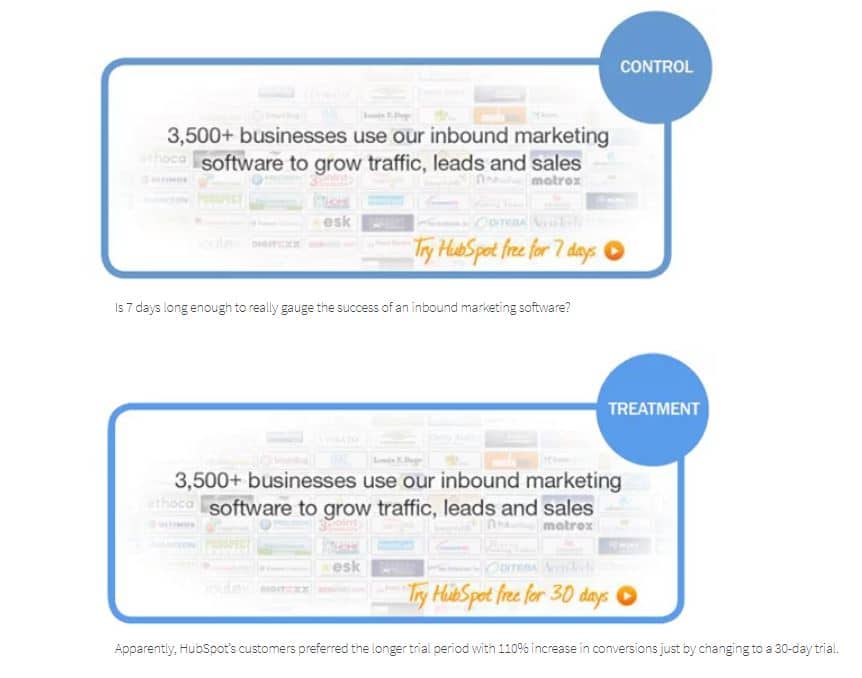
(Source)
Final Thoughts
Measuring and improving user engagement is a long-term strategy that involves constantly analyzing data to find new ways to apply the knowledge you gain. Given that engaged users are the smallest set of users but also those most likely to generate the most profits, it’s wise to optimize user experiences to grow this segment.
Set up your technology stack to include Google Analytics so you can easily access your data and add additional solutions that offer value and insights. Numerous top-tier publishers use Taboola’s Audience Engagement platform because it delivers on its promise of increasing user engagement.
Remember that to start this journey, you must first define the thresholds that indicate an engaged user and then focus on the most meaningful metrics. Test, measure, and test again to find that sweet spot that brings the most user engagement, and you’ll be on your way to growing a profitable business.